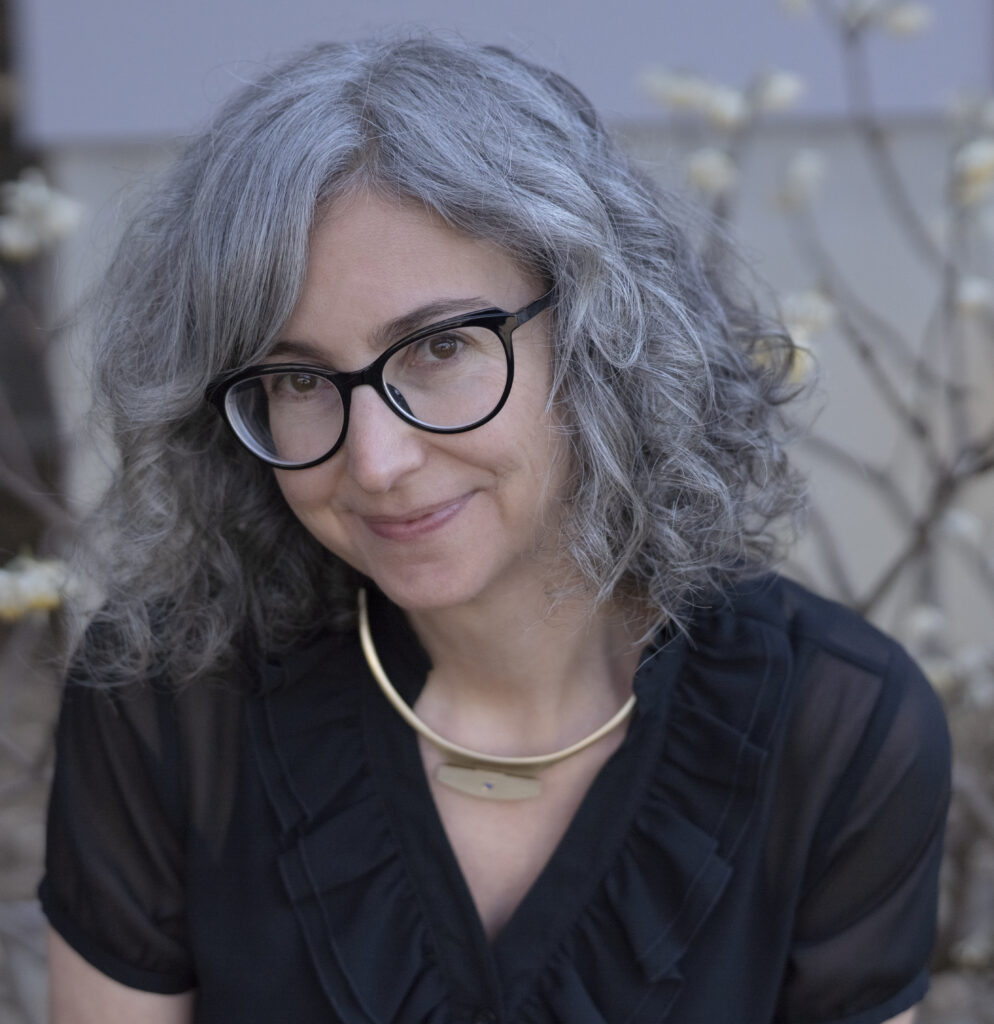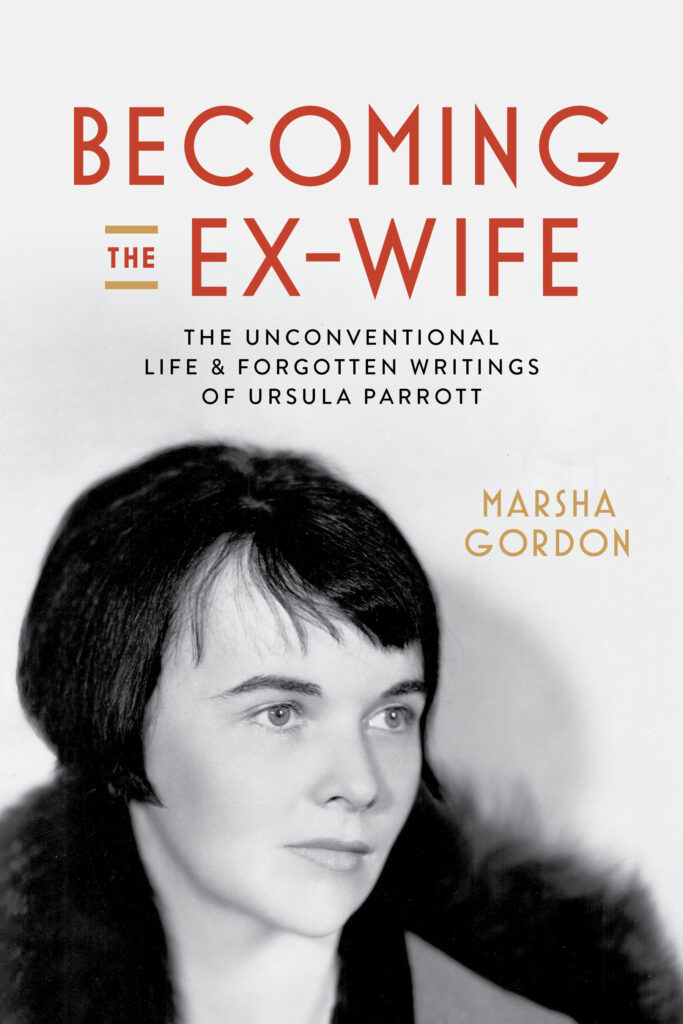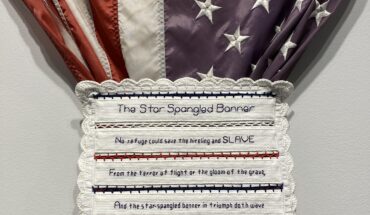The NC State University professor talks to WALTER about her new book, which is about a mysterious and prolific female writer of the early 20th century.
As told to Addie Ladner


You may not have heard of Ursula Parrott, but Raleigh writer and filmmaker Marsha Gordon is out to change that. In the Golden Age, Parrott was known for her controversial writing about the challenges of being a woman, mother, wife and writer. “She was publicly open and frank about her life at a time when it was risky,” says Gordon. In 1929, Parrott anonymously published her first book, Ex-Wife (a term which she’s credited with popularizing). It became a bestseller and was even turned into the film, The Divorcee, in 1930. She later published Next Time We Live, which was also adapted to film in Hollywood, as well as eight more stories and novels that were turned into films. But today, Parrott’s name is hardly known and most of her books are out of print.
A few years ago, Gordon, who is also a professor of film studies at NC State, found herself looking for something else and came across a copy of Ex-Wife. It sent her on a mission to bring Parrott’s name back into the spotlight.
This month, Gordon will publish the first-ever biography of Parrott, Becoming the Ex-Wife, which offers an in-depth look at Parrott’s complicated and sometimes scandalous life. It coincides with McNally Editions’ May republishing of Ex-Wife, bringing it back into print for the first time in decades. On April 25 at 6 p.m. at So&So Books, Gordon along with fellow writer and friend Belle Boggs will celebrate the launch of the book. And on April 26, Gordon and fellow writer Tift Merritt will be at the Cary Theatre for a 7 p.m. screening of The Divorcee. Gordon and Merritt will have a discussion following the film.
We caught up with Gordon to learn more about Parrott’s life and how the book came to be.
Congrats on the book! What do you have planned around the release?
Yes, it’s exciting, thank you! From Raleigh, I’ll go to DC to introduce the book and some of the films at the National Gallery of Art, the American Film Institute, the Historic Greenbelt Theater, and the University of Maryland. I’ll also be doing events in New York, Los Angeles, Wisconsin, Indiana, Chicago, and so on. I’ve got a busy schedule lined up for the summer and fall.
Why do you think we don’t know about Ursula Parrott?
We know disproportionately about the male writers during that time. Women were often pigeonholed as writing just for women on more domestic, trivial topics. F. Scott Fitzgerald wrote about these same things, but he was a male author and got critical acclaim. It absolutely stems from a sexist imagination of the literary canon, and decisions about who deserves to be remembered. The reviewer of Ex-Wife from The New York Times commented disparagingly about the book, and then said, “I left the book on the coffee table for my wife and her friends to read it.” He was saying it’s not an important book, but women will love it. When you have the gatekeepers of literary culture, largely male, excluding all but a few token women writers, it’s very easy for people like Parrott to disappear.
What most surprised you about Parrott?
I was surprised that she was so open and frank about her own life in public at a time when that was risky. She was also very daring! For example, in the midst of all these crazy scandals she experienced in the 1940s, including a federal case against her for driving off with an imprisoned soldier from a military stockade. She became a pilot for the Civilian Air Corps during World War II to help patrol for enemy ships off the coast. Part of her motivation was tied to patriotism, because her son, who was a marine, was doing his part in the war effort. She was also motivated by wanting to write authentic stories about female pilots, which she also did.
How did you come across Parrott in the first place?
I was interested in a screenplay at USC called Infidelity that was written by F. Scott Fitzgerald. In turns out he had adapted it from a short story of the same name by a woman I had never heard of before, named Ursula Parrott. As I started doing research, I found that Parrott was a bestselling author who had written all of these novels and stories, and somebody of Fitzgerald’s stature was hired to write an adaptation of this forgotten woman’s short story. I thought, why have we never heard of her? I found a copy of her book Ex-Wife, read it, and found it so interesting. I started considering this project as a biography and brought it up to two women who were in a writing group with me at the time, the musician Tift Merritt and Belle Boggs, an amazing writer who teaches in the creative writing program at NC State. They immediately said, you should go for it! So I started researching and then writing a book about her life and writing.
How did you go about your research?
One of my favorite things about being a writer is that I get to be a detective. The only reason I was able to do this much research is that I had two amazing fellowships. If you get a fellowship with the National Humanities Center, you get to work at this amazing place in RTP that brings together scholars from all over the world and all you have access to librarians who help you track down difficult-to-find materials. And I got a National Endowment for the Humanities Public Scholar award as well. Having those two fellowships really enabled me to scour the country for materials that documented Parrott’s life. I found some papers at the Academy of Motion Pictures’ Herrick Library [in Beverly Hills]; in another archive, I found all of the letters she wrote to one of her lovers. Her literary agent, George Bye, kept every letter she ever sent and those were in the archives at Columbia University in New York City. Those two men who saved her letters were important to my ability to write this book — finding those collections was the biggest gift. I also found and viewed all the films made from her writing; there were ten based on her stories, nine during her lifetime and one after she died. One of those films, the only copy in the world, is at the Library of Congress. I’m trying to get it released on DVD.
How long did it take to write, research and put together the book?
I started doing the research in 2015, finished in 2022 and, with it getting published in 2023, it will have taken eight years.
What was your goal with this book?
This is the first book I’ve written with a general readership in mind. In essence, I wanted to write something my mom would want to read! Since I’m a professor and film historian, most of what I’ve written prior to this has been academic in orientation. But Becoming the Ex-Wife is a straight up biography.
What’s something you want people to know about Ex-Wife?
Parrott’s first book was inspired by her experiences as a young woman. After the first got divorced, she worked at a department store writing advertising copy. There, she realized that she wasn’t the only young 20-something having to work to support herself and her young son. She saw a lot of women like herself, who were widows or ex-wives or single women, who were out in the world making their way. I consider Ex-Wife to be her The Great Gatsby — it is about a young woman who had a difficult end of her marriage, navigated one-night stands, worked to pay the rent, and was trying to understand what it meant to be a young independent woman in a sea of men, some honorable and some not. Parrott’s finger was on the pulse of something! The book became a sensation and she became a public personality, an expert on what was happening with divorce in America and why women were increasingly in the workforce. The book’s publication also started her career as a screenwriter. It came out in the fall of 1929, anonymously at first, and hit the best-seller charts just as the Depression was getting started. In fact, her book was being serialized in the New York Herald at the time the stock market crashed, and she got her first big paycheck as an author as the nation was descending into catastrophe. Her timing was unbelievable!
This article was originally published in April 2023 on waltermagazine.com




